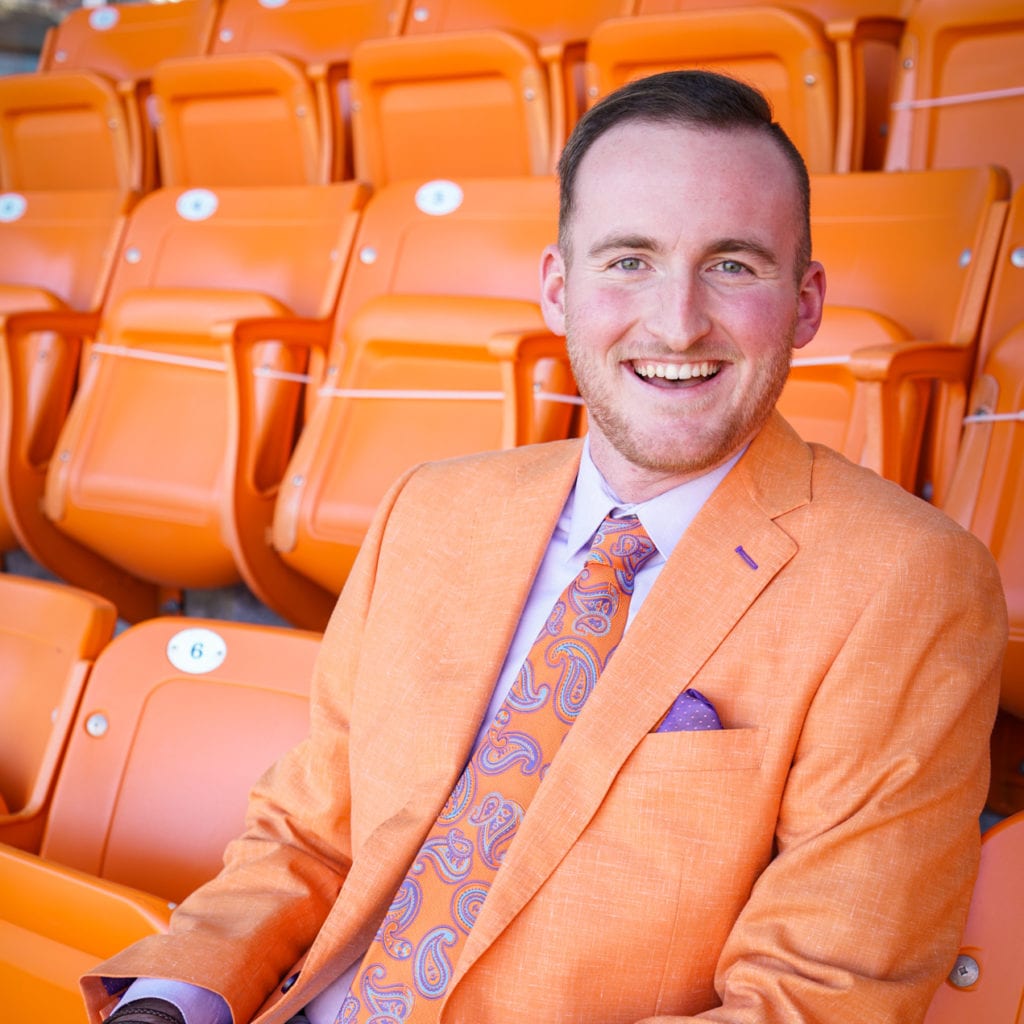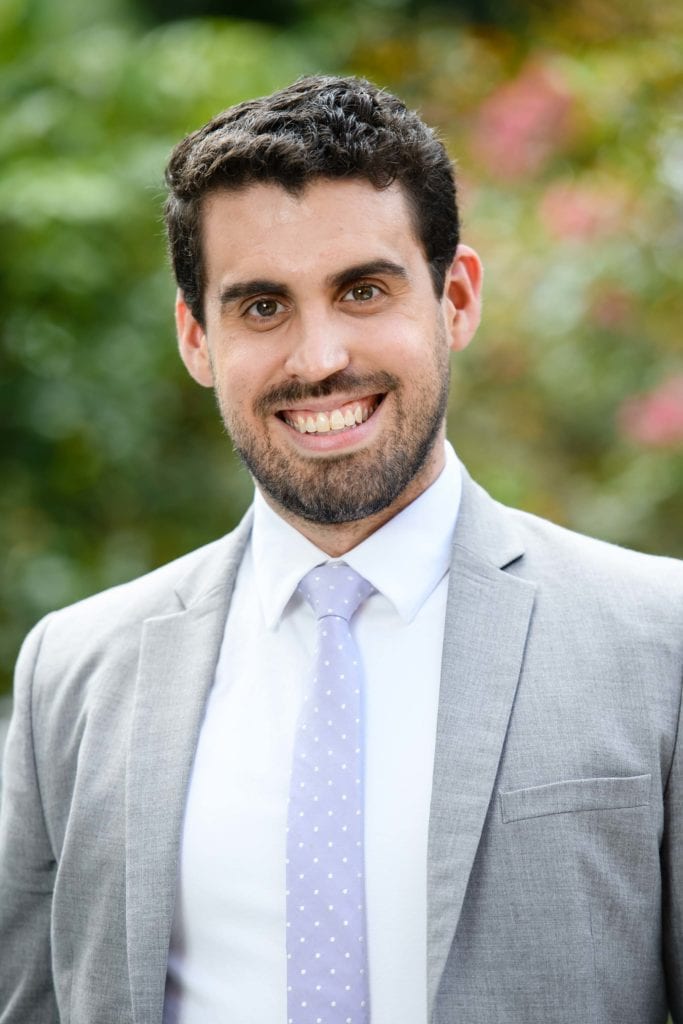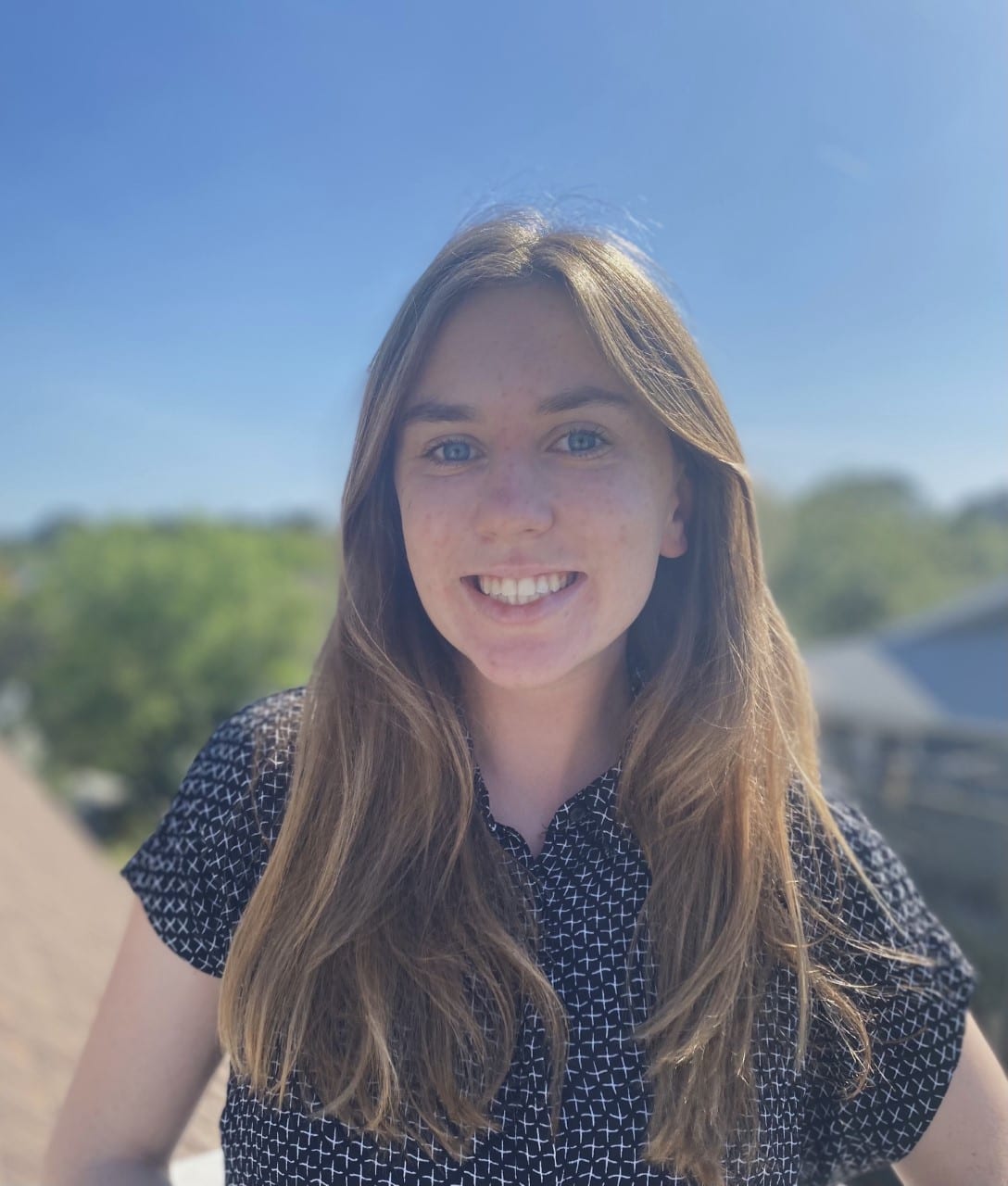Faculty member encourages undergraduate research on communication, culture with new Creative Inquiry project
Patrick Hayes’ experience with one of Clemson University’s newest Creative Inquiry projects taught him that he is comfortable with a high level of ambiguity. When he signed on to participate in the Collaborative on Communication and Culture, an undergraduate-focused research course led by the Department of Communication’s James Gilmore, Hayes had no idea what topics the course might cover.
And that was okay.
“Not knowing where the course would go was one of the reasons I signed up,” Hayes said. “I knew if Dr. Gilmore was teaching, the material was going to be interesting and valuable. But I was still surprised by just how much the course helped me gain a new perspective on topics that are shaping our lives—shaping the world—right now.”
Gilmore started the collaborative in order to offer students in the department a chance to drill down into research projects in a way that isn’t feasible in a larger, theory-based class. The collaborative affords Gilmore the opportunity to work with students in small groups or individually on research topics with the end goal of publishing research.

Gilmore designed the course to take advantage of Clemson Creative Inquiry, a University-wide program that engages students in research activities on a variety of topics, while also supporting the University’s land-grant mission and the College of Behavioral, Social and Health Sciences’ mission to “build people and communities.” Gilmore said the cultural criticism students undertake in the course works to advance positive change in communities and cultures, so the field of topics is, by design, wide open for him and his students.
“I think it’s important for students to see how research evolves from an idea to a manuscript, so a big part of this course in its early stages is just brainstorming and finding something on which to focus,” Gilmore said. “Regardless of what we do, the primary question we ask is, ‘How does this matter to Clemson students, to our state or to our nation?’ I’m not there to drive the research so much as I’m there to help guide it so that focus is never lost.”
Hayes took the course in Fall 2020 and is currently enrolled in it, so he’s seen the evolution of a research project firsthand and how Gilmore helps to steer students away from topics that may have received too much attention or assist in making a vague idea more specific.
Last semester, Hayes took part in a research team that examined how corporate advertisers reacted to the Black Lives Matter movement, specifically in the wake of the death of George Floyd. Meanwhile, another group in the class focused on Clemson students’ educational needs and the effectiveness of Zoom in fulfilling those needs.
This semester, the course consists of a group of three students including Hayes, Valerie Erazo and Madeline Hamer. During their first meeting, all three students agreed that they wanted to focus on social media misinformation specific to the political landscape. They chose the topic just hours before the riot at the U.S. Capitol and the spread of images and footage of rioters on various social media platforms.
It became clear that the events at the Capitol and the ensuing fallout would be the focus of the team’s research. The team has collectively viewed over 10 hours of footage participants shared on Facebook, Twitter, Parler, Snapchat, Periscope, Twitch and DLive. They are using this research to write two manuscripts: one that explores how footage from the Capitol differs across platforms and the other focusing on how participants performed particular kinds of revolutionary rhetoric through their clothing, chants and other actions.
Hamer, a senior communication and psychology double major, said she feels she’s already gotten a great deal from the course after only being in it for a few weeks. She said she is gaining confidence constantly from consuming research that is relevant to what the group is studying. At the same time, she’s developing a more critical eye to political coverage that she might have previously taken at face value.

“It’s all about dissecting the ideas of others, and that’s a valuable skill no matter what field I may go into,” Hamer said. “I plan to attend graduate school for speech pathology, and there’s no better way to prepare for the research I will be required to study and conduct myself than to be involved directly with the research in this course.”
Hayes, a communication and performing arts double major, is also eyeing graduate school. While he may not make a career out of cultural criticism, he’s already thinking long term about what the course will do for him.
“I think the overarching goal for any Clemson University student is to graduate as a more well-rounded individual,” Hayes said. “This course is ensuring that I’m a more informed individual; I think we all recognize that what happened at the Capitol will be remembered as a major event in our lives, so I feel lucky that I’m not just living it but actively researching it.”
Gilmore is optimistic he will be able to send the two manuscripts from this research to reputable journals near the end of the semester. In 2020, his work with students in the course produced five manuscripts with 14 unique co-authors at both the graduate and undergraduate levels. As of this writing, two manuscripts have been published, two are under peer review and the last is still being written.
Gilmore hopes to further establish the Collaborative on Communication and Culture, possibly by seeking out external grant funding that would support a formal research assistant. Gilmore said the course was created just months before COVID-19 impacted research and classroom learning, so he is impressed with how much the course has continued to produce in spite of it.
Whether he meets his fellow researchers in class or over Zoom, the primary goal of the course stays the same.
“So much of the work that excites and motivates me is focused on making life better for the people around us,” Gilmore said. “It can be difficult to find a way to gear research on important topics practically toward helping people, but it is so much more rewarding; I hope students involved in this Creative Inquiry will see that the extra effort is worth it.”
The Department of Communication is part of the University’s College of Behavioral, Social and Health Sciences (CBSHS). Established in July 2016, CBSHS is a 21st-century, land-grant college that combines work in seven disciplines – communication; nursing; parks, recreation and tourism management; political science; psychology; public health sciences; sociology, anthropology and criminal justice – to further its mission of “building people and communities” in South Carolina and beyond.

